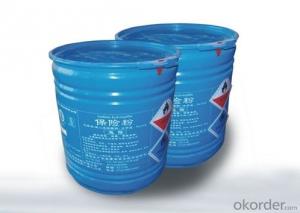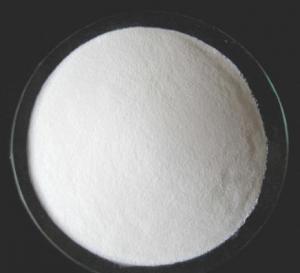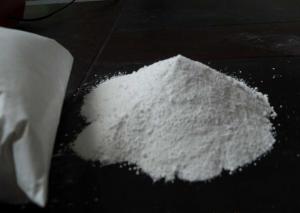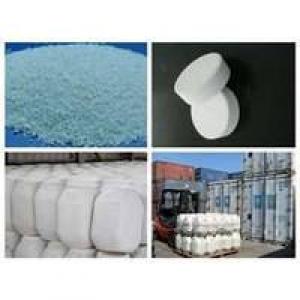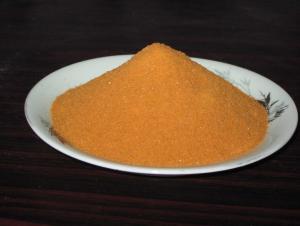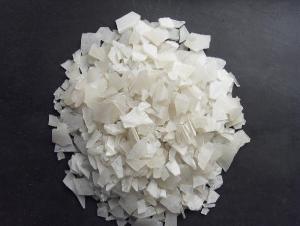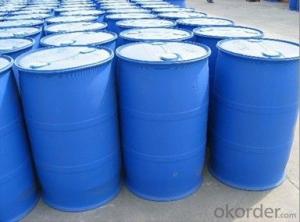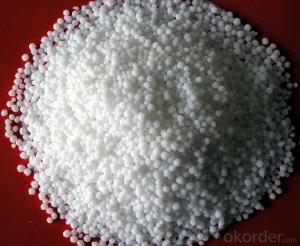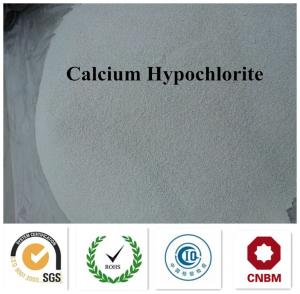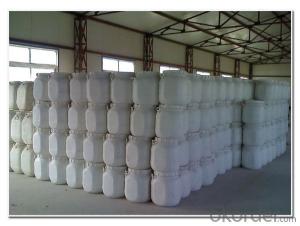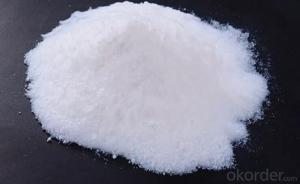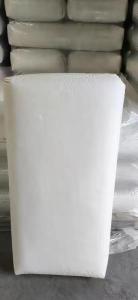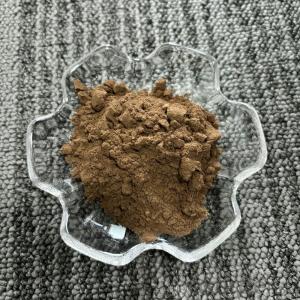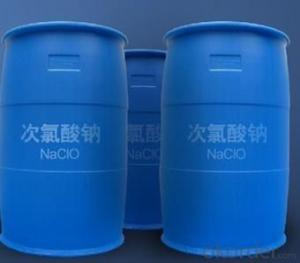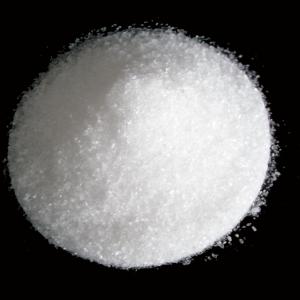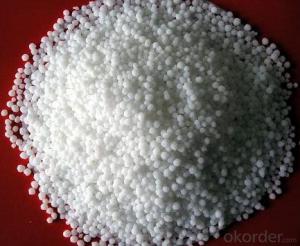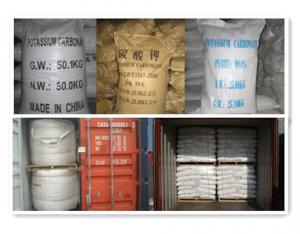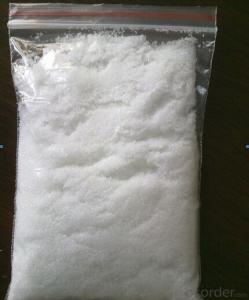Sodium Hydrosulphite with Good Package and Best Quality
- Loading Port:
- Qingdao
- Payment Terms:
- TT or LC
- Min Order Qty:
- 22 m.t.
- Supply Capability:
- 3000 m.t./month
OKorder Service Pledge
OKorder Financial Service
You Might Also Like
1.Structure of Sodium Hydrosulfite Description:
Commodity name: Sodium Hydrosulfite Na2S2O4 Sodium Hydrosulfite Sodium Dithionite Price
Molecular formula:Na2S2O4
Molecular weight:174
CAS Number 7775-14-6
H.S code 28311010
UN number 1384
Class 4.2
2.Main Features of Sodium Hydrosulfite:
1. Widely used in textile industry for vat dyeing, reduction cleaning, printing and stripping, textile textile bleaching .
2. It is also used in bleaching paper pulps , especially mechanical pulps, it’s the most fittable bleaching agent in pulps.
3. It is used in bleaching kaolin clay, fur bleaching and reductive whitening, bleaching of bamboo products and straw products,
4. It is used in mineral, the compound of thiourea and other sulphides.
5. It is used as reducing agent in chemical industry.
6. Sodium hydrosulfite food additive grade is used in foodstuffs, as bleaching agent and preservative dried fruits, dried vegetable, vermicelli, glucose, sugar, rock sugar, caramel, candy, liquid glucose, bamboo shoots, mushrooms and canned mushrooms.
3.Sodium Hydrosulfite Images
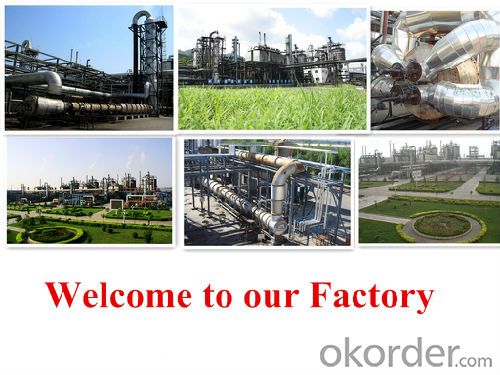


4.Sodium Hydrosulfite Specification
Standard:HG2932-1999
Index | Technical Grade HG/T 2074-2011 | Food Additive GB 22215-2008 | ||
Na2S2O4, | ≥ 90% | ≥ 88% | ≥ 85% | ≥ 88% |
Iron (Fe), | ≤20ppm | ≤ 20ppm | ≤ 20ppm | ≤ 20ppm |
Zinc (Zn), | ≤ 1ppm | ≤ 1ppm | ≤ 1ppm | ≤ 1ppm |
solution appearance | clear | clear | clear | clear |
EDTA, | / | / | / | qualified |
Arsenic(As), | / | / | / | ≤ 1ppm |
Other heavy metal( As Pb), | ≤ 1ppm | ≤ 1ppm | ≤ 1ppm | ≤ 1ppm |
Formate (As HCHO), | / | / | / | ≤ 0.05% |
water insolubles, | ≤ 0.05% | ≤ 0.05% | ≤ 0.05% | / |
Cadmium (Cd) | / | / | / | ≤ 2ppm |
Plumbum (Pb) | / | / | / | ≤ 5ppm |
5.FAQ
1)How many tons does your factory can supply each moth?
30000tons/month
2)How to quarantee the quality of the products?
you can arrange SGS&BV or other quality inspection.
3)How many days you need to pepare the cargo after we made the order?
within 30 days.
- Q:What inorganic salts and trace elements are there in rice?
- Calories (343.00 kcal) Vitamin B6 (0.20 mg) Protein (7.70 g) Vitamin B12 (20.00 micrograms) Fat (0.60 g)
- Q:What is the lack of inorganic salts for children?
- Zinc salts, iron salts and calcium salts
- Q:Why is the inorganic salt left after the burning of the food
- Food contains protein, fat, inorganic salts and water and other substances in the process of combustion in addition to inorganic salts and the rest of the water are burned, and water in the combustion process evaporates. So take the only inorganic salt.
- Q:People lack the inorganic salt will be what disease
- iodine deficiency can lead to illness, children and adult goiter, hyperthyroidism and so on.
- Q:What is inorganic salt
- The distribution of inorganic salts in the body is extremely uneven. For example, calcium and phosphorus are mostly in hard tissue such as bone and teeth, iron is concentrated in red blood cells, iodine is concentrated in the thyroid, barium is concentrated in adipose tissue, cobalt is concentrated in hematopoietic organs, and zinc is concentrated in muscle tissue.
- Q:Cells in the water, inorganic salts, protein, lipid, carbohydrate and nucleic acid six words how wrong this sentence
- Divided into organic compounds and inorganic compounds are not two categories
- Q:therefore indigestible..that I should look for organic plant based trace mineral compounds..anyone care to comment?
- Inorganic does not mean indigestible, but plant derived trace minerals are the best form to take because they have been broken down by soil micro-organisms and predigested by plants, making them much more bioavailable than minerals which have not. I use Liquid Life trace minerals. EDIT: The best source would definitely be diet except that our soils have had a whopping 85% mineral depletion over the past hundred years thanks to over-farming. Your great grandma's bowl of spinach had eight times the nutrition that the bowl you eat today has.
- Q:What are the disadvantages of inorganic salt deficiency and too much
- The role of inorganic salts in plant life Plants require the most inorganic salts to be nitrogen-containing, phosphorus-containing and potassium-containing inorganic salts. These three types of inorganic salts have different effects in plant life. Lack of performance nitrogen: to promote cell division and growth, so that leaves grow lush. Lack of performance: plant thin and thin, leaves yellow, severe leaves were light brown. P: Promote the development of seedlings and the opening of flowers so that the fruit and seed are mature early. Lack of performance: the plant is particularly short, leaves were green, and purple. Potassium: Stable stem to promote starch formation. Lack of performance: stems weak, easy to lodging, leaves the edge and the tip was brown, and gradually dry. In addition to these three types of inorganic salts, plants also require many types of inorganic salts. Among them, the demand for some inorganic salts is very small, but they are in the life of the plant also plays a very important role. For example, the lack of iron-containing inorganic salts, fruit trees will be yellow leaf disease; lack of boron-containing inorganic salts, rape will be "spent" (only flowering fruit)
- Q:What is the relationship of electronegativity and the solubility of a inorganic salts?Does the solubility increase when electronegativity decreases or vice-versa? or neither...
- The higher the electronegativity, the stronger the acid would be... Therefore it would be more soluble. take NaCl (common table salt) as an example. The difference between Na's electronegativity and Cl's electronegativity is very high so NaCl is a very soluble salt. The only exception is HF - it is a weak acid - it dissociates very weakly because O-H bonds cannot break H-F bonds which are very strong.
- Q:Lack of calcium, phosphorus, iron, zinc inorganic salt should eat what?
- Soy products containing more calcium. Animal liver, spinach iron, zinc and so on.
1. Manufacturer Overview |
|
|---|---|
| Location | |
| Year Established | |
| Annual Output Value | |
| Main Markets | |
| Company Certifications | |
2. Manufacturer Certificates |
|
|---|---|
| a) Certification Name | |
| Range | |
| Reference | |
| Validity Period | |
3. Manufacturer Capability |
|
|---|---|
| a)Trade Capacity | |
| Nearest Port | |
| Export Percentage | |
| No.of Employees in Trade Department | |
| Language Spoken: | |
| b)Factory Information | |
| Factory Size: | |
| No. of Production Lines | |
| Contract Manufacturing | |
| Product Price Range | |
Send your message to us
Sodium Hydrosulphite with Good Package and Best Quality
- Loading Port:
- Qingdao
- Payment Terms:
- TT or LC
- Min Order Qty:
- 22 m.t.
- Supply Capability:
- 3000 m.t./month
OKorder Service Pledge
OKorder Financial Service
Similar products
New products
Hot products
